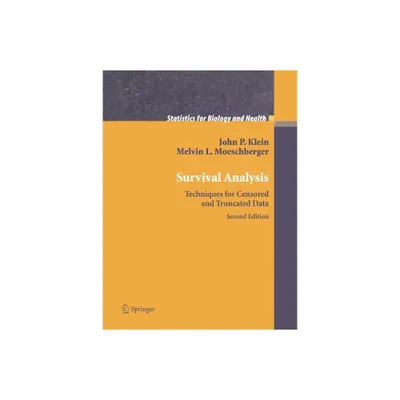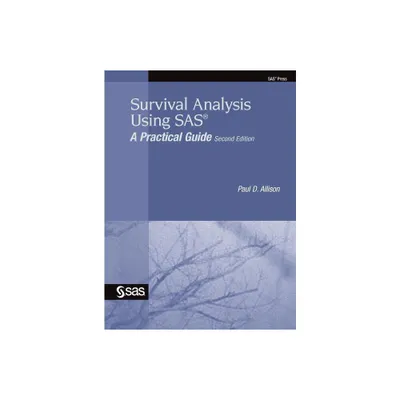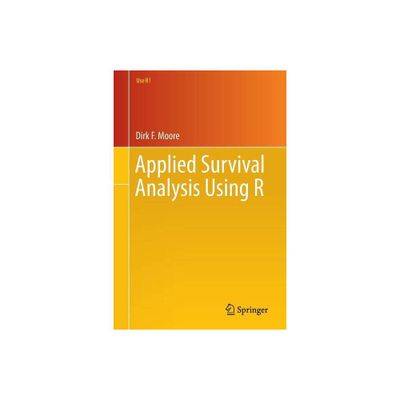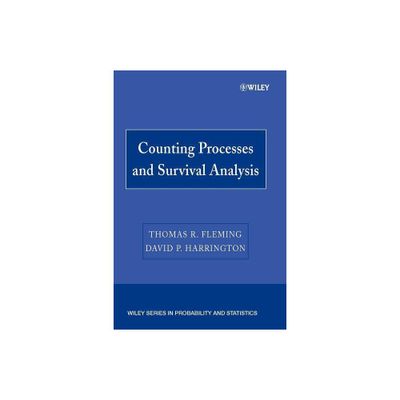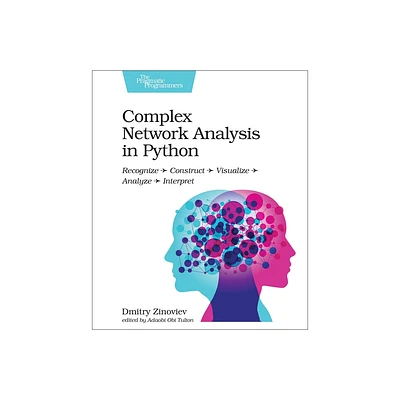Home
Survival Analysis with Python
Loading Inventory...
Barnes and Noble
Survival Analysis with Python
Current price: $74.95


Barnes and Noble
Survival Analysis with Python
Current price: $74.95
Loading Inventory...
Size: Hardcover
*Product Information may vary - to confirm product availability, pricing, and additional information please contact Barnes and Noble
Survival analysis uses statistics to calculate time to failure
. Survival Analysis with Python
takes a fresh look at this complex subject by explaining how to use the Python programming language to perform this type of analysis. As the subject itself is very mathematical and full of expressions and formulations, the book provides detailed explanations and examines practical implications. The book begins with an overview of the concepts underpinning statistical survival analysis. It then delves into
Parametric models with coverage of
Concept of maximum likelihood estimate (MLE) of a probability distribution parameter
MLE of the survival function
Common probability distributions and their analysis
Analysis of exponential distribution as a survival function
Analysis of Weibull distribution as a survival function
Derivation of Gumbel distribution as a survival function from Weibull
Non-parametric models including
Kaplan–Meier (KM) estimator, a derivation of expression using MLE
Fitting KM estimator with an example dataset, Python code and plotting curves
Greenwood’s formula and its derivation
Models with covariates explaining
The concept of time shift and the accelerated failure time (AFT) model
Weibull-AFT model and derivation of parameters by MLE
Proportional Hazard (PH) model
Cox-PH model and Breslow’s method
Significance of covariates
Selection of covariates
The Python
lifelines
library is used for coding examples. By mapping theory to practical examples featuring datasets, this book is a hands-on tutorial as well as a handy reference.
. Survival Analysis with Python
takes a fresh look at this complex subject by explaining how to use the Python programming language to perform this type of analysis. As the subject itself is very mathematical and full of expressions and formulations, the book provides detailed explanations and examines practical implications. The book begins with an overview of the concepts underpinning statistical survival analysis. It then delves into
Parametric models with coverage of
Concept of maximum likelihood estimate (MLE) of a probability distribution parameter
MLE of the survival function
Common probability distributions and their analysis
Analysis of exponential distribution as a survival function
Analysis of Weibull distribution as a survival function
Derivation of Gumbel distribution as a survival function from Weibull
Non-parametric models including
Kaplan–Meier (KM) estimator, a derivation of expression using MLE
Fitting KM estimator with an example dataset, Python code and plotting curves
Greenwood’s formula and its derivation
Models with covariates explaining
The concept of time shift and the accelerated failure time (AFT) model
Weibull-AFT model and derivation of parameters by MLE
Proportional Hazard (PH) model
Cox-PH model and Breslow’s method
Significance of covariates
Selection of covariates
The Python
lifelines
library is used for coding examples. By mapping theory to practical examples featuring datasets, this book is a hands-on tutorial as well as a handy reference.
